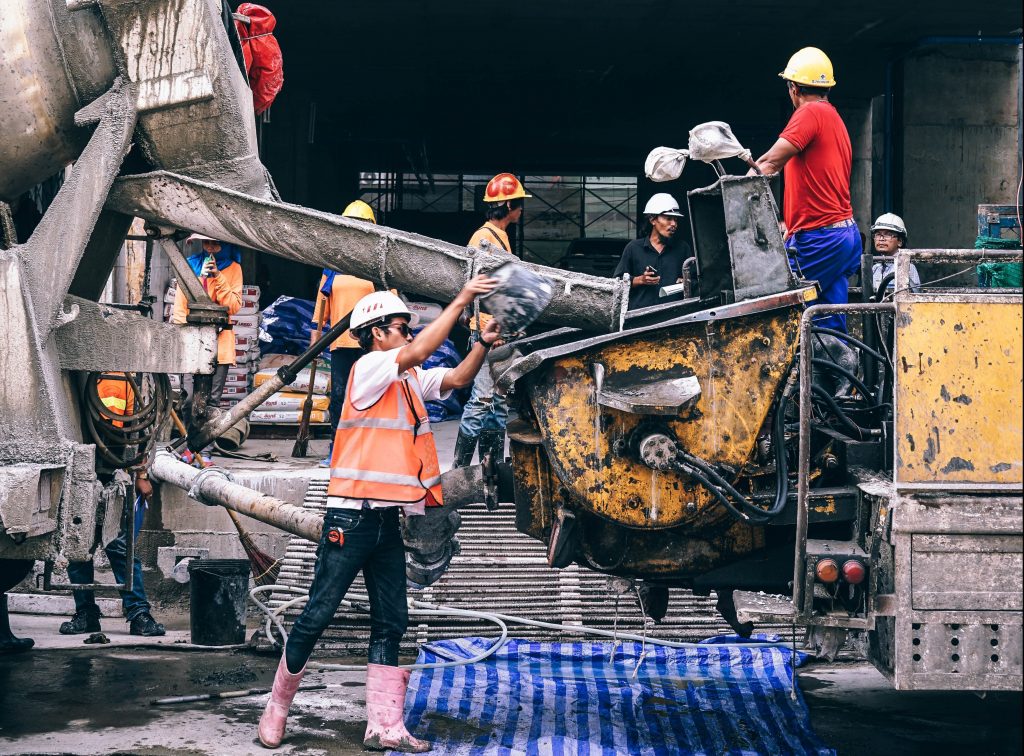7 Technologies Changing the Construction Industry
Technology has influenced every aspect of modern life and the construction industry is no exception. Breakthrough technology is being developed to provide new techniques and materials for construction. While we can’t fully predict what the future looks like, a few trends in construction technologies are emerging that give us a glimpse of what the future may hold.

Here are 7 construction technology trends to watch evolve.
1. Transparent Aluminum
This cutting edge material is becoming increasingly popular in the construction industry because it creates a futuristic design touch to structures. Transparent aluminum is obtained from aluminum oxynitride through the use of laser technology. It looks like glass but unlike glass, this transparent metal is virtually unbreakable.
2. Bendable Concrete
Throughout the world, countries spend huge amounts of money to repair and fix damaged structures such as buildings, bridges, roads and tunnels. Standard concrete is prone to cracking and needs to be restored regularly to avoid safety hazards. Bendable concrete is much more resilient. This new construction technology reduces maintenance costs, extends the structure’s service life, and makes it much safer over the long-term.
3. Frozen Smoke (Aerogel)
Material science innovation is impacting other construction technologies. Aerogel is a synthetic material obtained by replacing the liquid in a gel with a gas. The result is an ultralight, translucent material with low thermal conductivity. Frozen smoke is used to make sheets of fabric which function as excellent insulators. Insulation made of aerogel is 4 times more powerful than that made of foam or fibreglass.
4. 3D Printed Homes
In the 2000s, 3D printing technology became mainstream and created endless possibilities. Today, parts ofhomes can be printed in a very short period of time, then transported to the construction site and assembled. 3D printed houses
are expected to considerably cut construction costs and reduce the number of construction workers required. In addition, these homes may be an ideal solution for people affected by natural disasters like earthquakes, hurricanes, and tsunamis, as well as those stricken by poverty.
5. Smart Highways
Equipped with special IoT sensor network technology, smart roads transform transport by making driving more environmentally friendly and safer. They provide drivers with information in real-time concerning the traffic (for instance, available parking or congestion points) or weather conditions. This incredible technology will also be able to produce energy which will be used to power street lights and charge electric cars on the move.
6. Anti-pollution Buildings
Called ‘vertical forests’, these buildings are designed to reduce pollution in the cities. They’re planned to house more than a thousand trees and over 2,000 shrubs with an aim to absorb pollutants and filter the air to make the city cleaner.
7. Smart Bricks
The company Kite Bricks is working on a modular construction system that looks a lot like Lego. Smart bricks are made of very strong concrete and are super easy to connect. Due to their modular design, these bricks are extremely versatile. The use of smart bricks is expected to contribute to better thermal control and reduced construction expenses.
You may see other areas of innovation in the construction process. Even the RFI process has more streamlined and digital approaches. TastefulSpace.com
has a good perspective on the modern RFI process.
In Conclusion
The above-listed 7 construction technologies are just a few of the futuristic trends set to change the way we build. Other innovative technologies include cities made of interlocking bamboo structures, space-saving vertical cities, robotic construction, and more.
The purpose of all these futuristic inventions is to help us build faster, provide more options and reduce the costs of construction. In addition, these technologies are predicted to make structures safer, more eco-friendly, and provide housing for more people with an aim to save land for conservation, farming, and traditional use.

